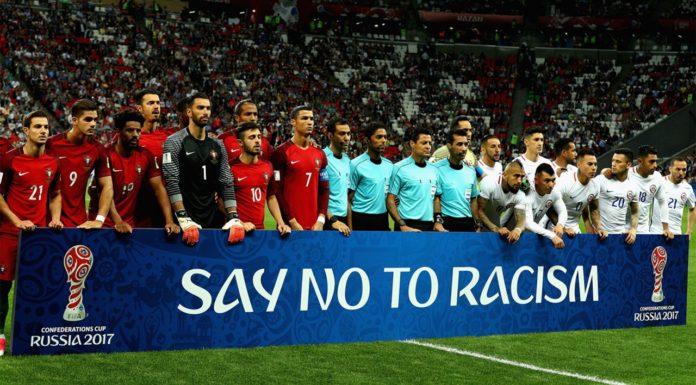It’s human nature to compare today’s rising stars to those of the past — but here’s why the seemingly harmless practice can be problematic at times.
It wasn’t long ago that Kylian Mbappé was a Monegasque upstart, a player far too young and unknown to be given a place of his own in the footballing world. Journalists and fans alike referred to him only by comparison—“the next Henry.” And as flattering as the juxtaposition was, it squished France’s new golden boy into a Thierry-sized hole that took him just 18 months to outgrow.
The same thing is happening in Turin, and around the world, regarding Italy’s young starlet Moise Kean. Except this time, the hole is more obviously flawed, so clearly a product of lazy and prejudiced eyes. First, he was Balotelli. Now, with his hair grown out, he’s Lukaku (that’s right, a heavily left-footed player from several countries north). So as cliché as it may sound, it’s really time for us to start letting players be themselves.
It’s understandable why we compare. It makes the sporting world more rich, more connected. It helps us see our favorites in those who are redefining the game. It makes the past meaningful, and it makes the future more tangible, more exciting. But this fundamental practice of identifying the “next” comes at a cost. It robs us of one of sports’ most cherished pastimes — the never-before-seen.
By comparing, we constrict ourselves to a world where the busts of the all-time greats have been cast. We reduce individual players to shadows of their predecessors, archetypes that can, at best, fulfill a pre-existing destiny. What makes football exciting is just how infinite our mental museums are. We have entire wings waiting to be dedicated to the continual wonder of greatness. And that’s why we watch — not to see someone reenact our favorite moments, but to watch moments be created, cemented in history by new faces. But what does that leave us? How can we contextualize newness without diving for our cupboard of iconic cookie cutters?
If we must look to categorize a player, let’s recognize that only they have all the materials necessary to sculpt their own place in history. Let’s talk about them and what makes them special, about the qualities that set them apart. And let’s do so in an equitable way. It’s not a coincidence that seemingly every player comparison features two footballers of the same race. Not to mention coded descriptions, with black players praised for their “sheer power” and “pace” as opposed to the “technical” and “cerebral” adjectives used for white players.
Take Kean for example. He’s an excellent reader of the game. He has an aptitude for putting the ball beyond the keeper with his accurate right foot. He is strong enough to hold the ball up, and quick enough to get in behind. He has a disciplined work rate that exasperates opposing defenders and endears him to his defensive teammates. And his accolades? He’s Italy’s youngest competitive goalscorer, both on the national team and domestic league. He’s the youngest player to ever play in the Champions League. When you lay it out, even at 19 years of age, he’s quite simply a player too unique — with an awful lot of firsts to be the “next” anyone.
We watch football to experience greatness. We sneak into obscure corners of our offices to catch midday glimpses of things we’ve never seen, things that no person has ever seen. And we keep watching because the beautiful game is a phoenix, burning hot and fast, constantly given new life by fresh faces with burgeoning talent. So let’s allow the game to evolve. By giving up tired player comparisons, we give the rising stars and one-of-a-kind talents a chance to become themselves — individuals worthy of their own statues.








